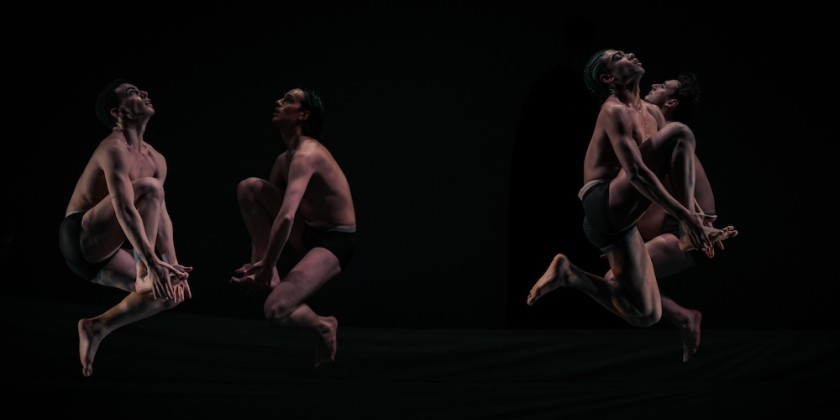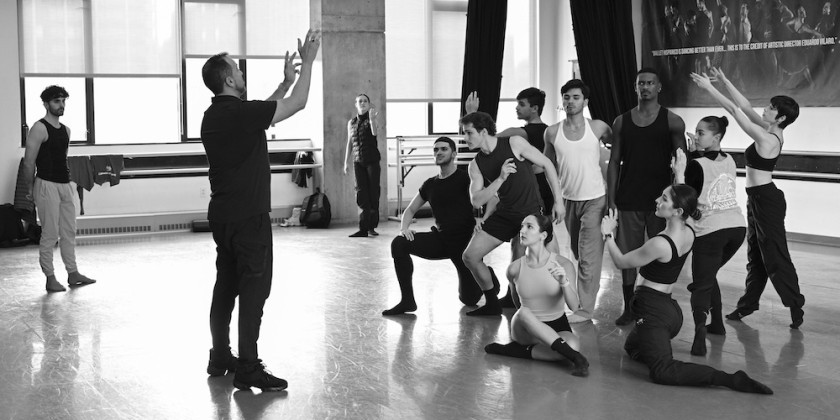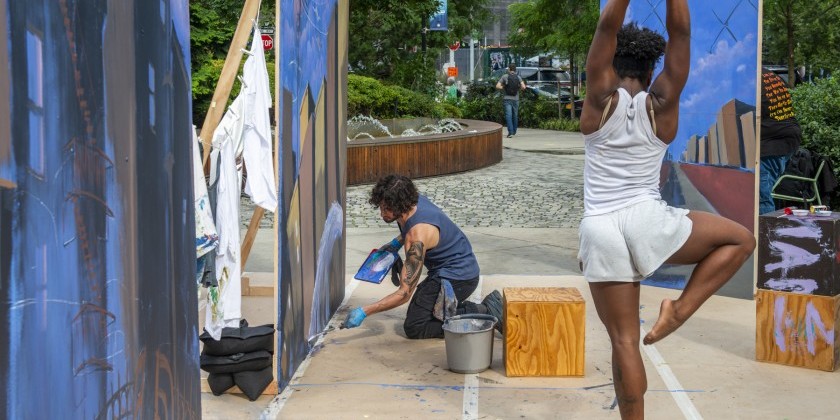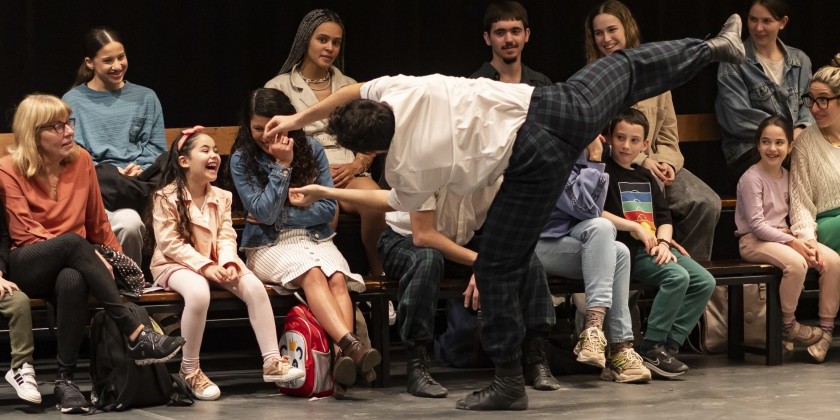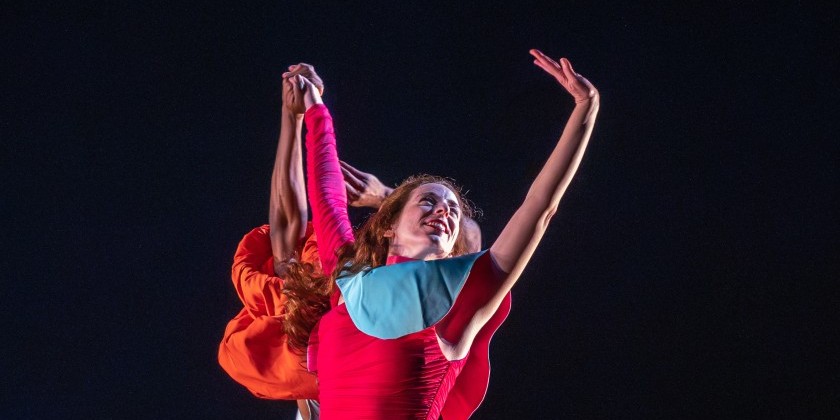IMPRESSIONS: Nederlands Dans Theater at New York City Center
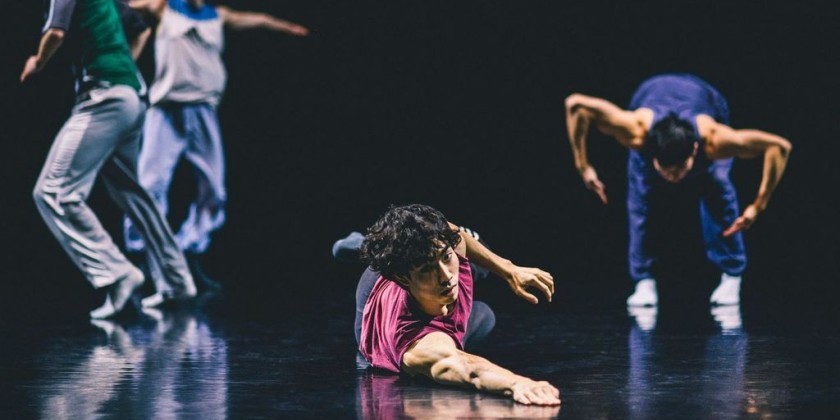
Artistic Director: Emily Molnar
Managing Director: Willemijn Maas
N. N. N.
Choreography: William Forsythe
Music Composition: Thom Willems
Lighting Design: William Forsythe
The Point Being
Choreography: Imre Van Opstal & Marne Van Opstal in collaboration with Drift
Music: Amos Ben-Tal/OFFprojects
Scenery Design by DRIFT
Jakie
Choreography: Sharon Eyal & Gai Behar
Music Composition: Ori Lichtik, including music by Ryuchi Sakamoto, performed by Alva Noto
Scenery Design: Sharon Eyal & Gai Behar
Lighting Design: Alon Cohen
Venue: April 4, 2024
Whenever Nederlands Dans Theater comes to New York City, the dance community celebrates — rightfully so. Based in The Hague, NDT is home to some of the most talented and versatile dancers on the planet, but the company is cherished for its innovative, multifaceted choreography. Presenting two US premieres and a piece by the company’s founder, William Forsythe, Nederlands Dans Theater brought its signature qualitative rigor and mesmerizing dexterity to New York City Center.
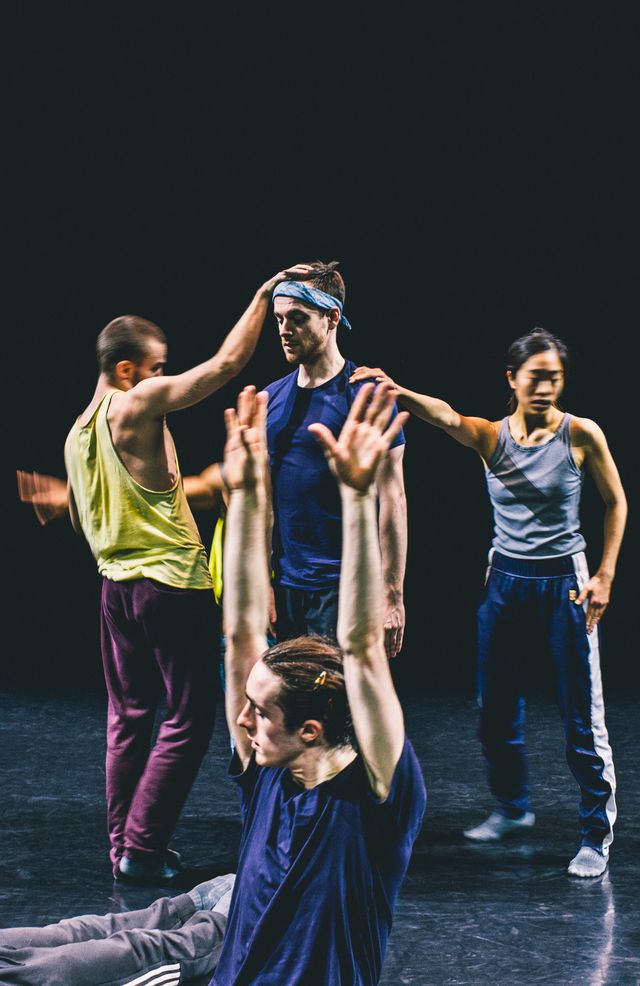
The sounds of four dancers exhaling, gasping, and hand slapping serve as the score for Forsythe’s N.N.N (2002) providing rhythm and structure to a playful study in cause and effect. A dancer in rehearsal clothes walks on stage, swinging and catching his arm, captivated by its mechanics. As his exploration builds to include pushing, pulling, and wrist circling, three more dancers join. The quartet clasp hands and set off on a high-speed game of human cats-cradle built around just two simple movements (dropping and swinging.) Forsythe convolutes things with his hallmark intricacy and dazzling speed- one of the company’s major strengths. N.N.N’S mathematical complexity contradicts the plainness of its setting. Devoid of fancy lighting, set pieces, and costumes, movement is the essence. Dancers weave themselves into lines, hooking elbows that remind us of a creature with eight arms and legs. They order and reorder their limbs with methodical precision. As they push, toss, catch and grab one another they construct a kinetic puzzle that interlocks but never collides. Just when you think you’re used to the performers driving cadence, they suddenly arrest before charging forward again. With no audible sound score to follow, it is a wonder they never accidentally smack each other as they duck and reach.
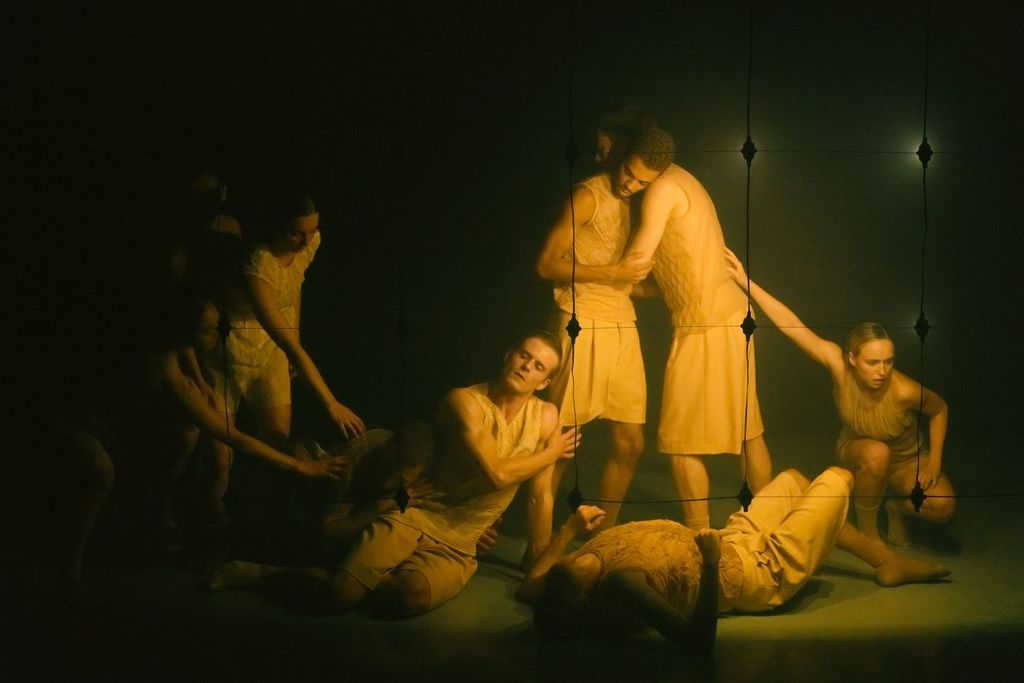
In contrast to N.N.N’s lightheartedness, Imre and Marne Van Opstal's U.S premiere, The Point Being, is ominous. Part dreamscape, part alien world, The Point Being showcases another NDT trademark- the company’s ability to embody a staggeringly vast dynamic range seemingly all at once. Shifting from insectile and segmented to gooey and expansive, the dancers of Nederlands Dans Theater mesmerize. Lighting design by Tom Visser and scenery by DRIFT combine with stunning effect. A large net curtain dotted with small lights floats up and down, enclosing the performers in a diaphanous cocoon. Smoke periodically drifts across the stage and searchlights pan from left to right, illuminating dancers briefly before shifting to a phosphorescent nebula that wafts behind them. A central couple embraces at the opening, only to lose each other in the ensuing chaos of bodies. Hands pinch like claws and draw circular patterns in the air. Rippling torso’s initiate sky-grazing side tilts. Pairs of dancers meet up to waltz briefly like broken dolls then separate to perform arachnid solos. A sense of isolation prevails.
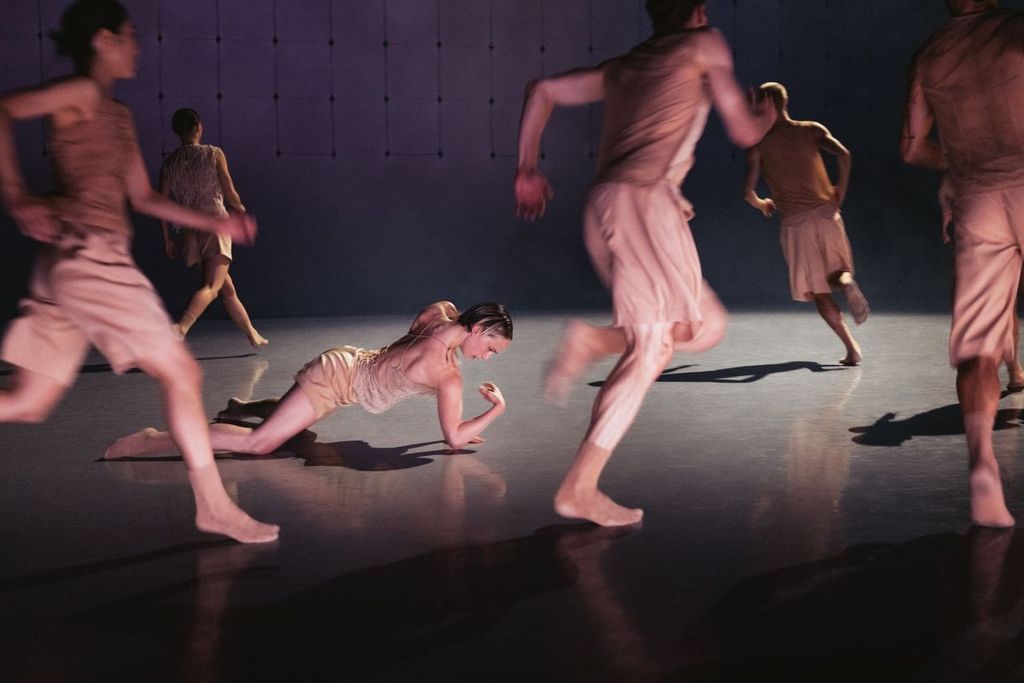
Repetitive and lulling, Amos Ben-Tal/OFF projects melancholic sound score furthers that isolation. In combination with the lights and scenic effects, I feel unmoored, but not in an unpleasant way. The feeling is more akin to the semi-conscious state between sleep and wakefulness, where thoughts and images meander and time turns elastic. Lacking a central hook, The Point Being drifts toward several false endings, adding to the perception of being lost in a dream. When a sinuous and sexy pad de deux begins, the man twirling the woman through his limbs like a strand of hair, human connection seems the antidote to isolation. But not so in this world; the woman untangles herself and glides softly away.
Sharon Eyal and Gai Behar's U.S. premiere Jaki is in motion before we can see it. Slowly the lights reveal a large clump of vibrating dancers clad in sheer leotards. They execute infinitesimal movements at a rapid pace like an organism quivering thousands of tiny cilia. Spellbinding and strangely seductive, the dancers twitching, stretching and undulating resembles insects at a rave. A repeated shaking leg, one of Jaki’s most memorable images, evokes the spiked forelegs of a praying mantis. Dancers pinch their earlobes and hold their hands in the air- pointer finger crooked, thumb and remaining fingers connected in a circle- conjuring antlers. Their movements are captivating and uncanny, evocative of Eyal’s many years with Batsheva Dance Company and Ohad Naharin's Gaga language.
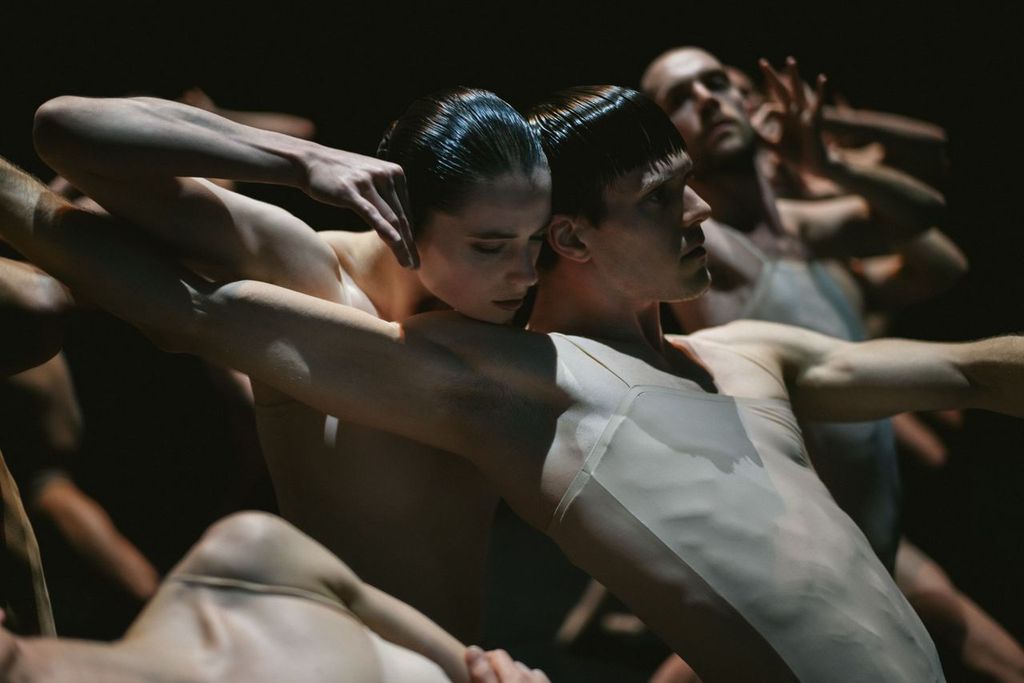
While quite different in content and theme, the movement vocabulary in both US premieres reminded me of insects- angular, pragmatic, segmented and quick. However, in contrast to The Point Being, this swarm sticks together. Any curious deserter is quickly absorbed back into the group. No one seems to mind though; the shenanigans are as delightfully enthralling to the herd as they are to its spectators. Tightly bound in a close huddle for most of the piece, they bourré continually, arms reaching and retracting like antennae. Their movements become quicker still, and the clump dissolves briefly into lines and circles allowing for larger extensions and jumps. All the while Ori Lichtik’s driving score dictates a frenzied ecstasy. They come back together in the end, rotating in a series of grounded paddle turns. These bugs definitely know how to party.







